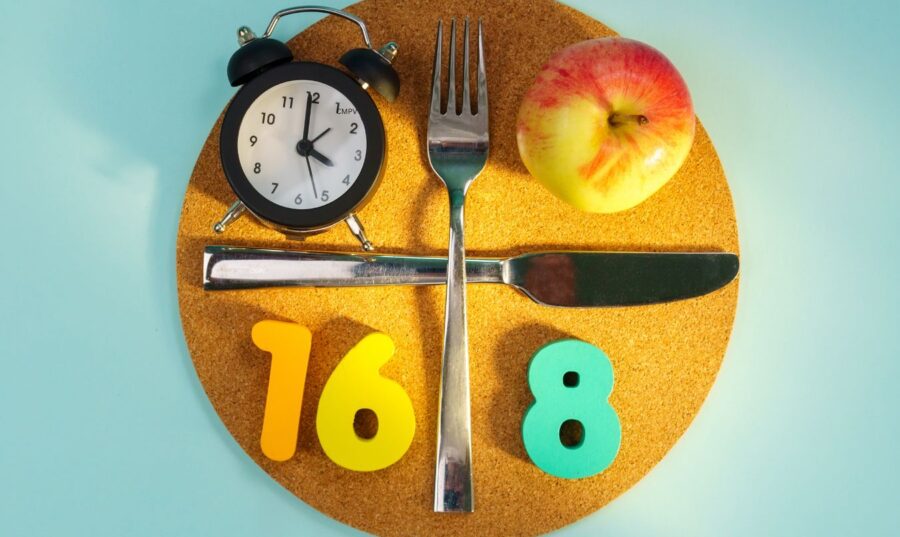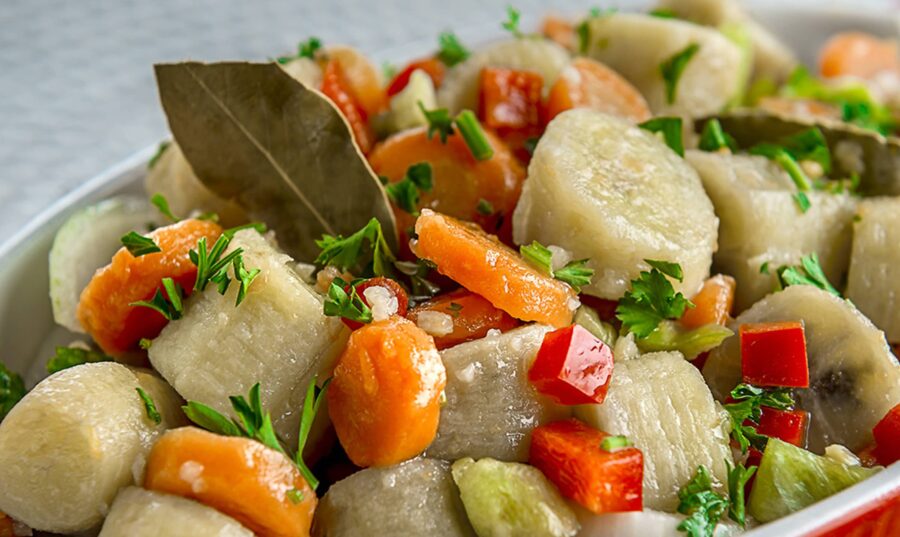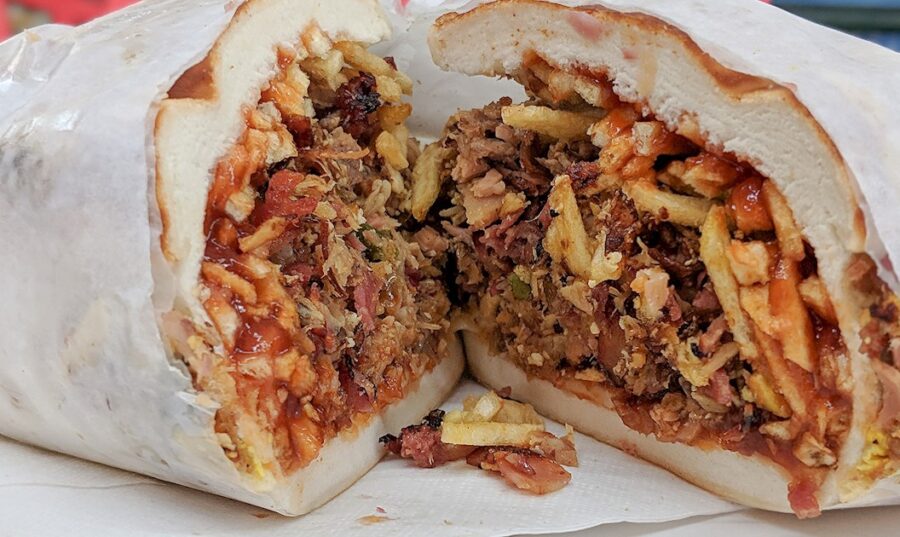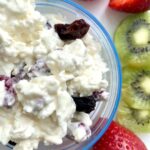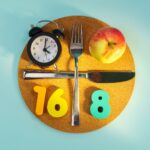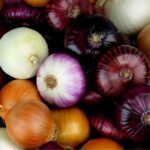|
Getting your Trinity Audio player ready...
|
A serving is the amount of a food we decide to eat at a given time. It can also be defined as the amount of food a person eats or serves on a single eating occasion. By definition, the portion is completely under our control. We choose how much we will consume, whether more or less. That's the portion.
Portion sizes began to grow in the 1970s, increased markedly in the 1980s, and have continued in parallel with increasing body weight. For example, current portions of French fries, hamburgers, and soft drinks are between 2 and 5 times larger than the original ones. These portions are almost always not a healthy portion. Even without knowing the healthy amount, we can see that the portions in many dishes are usually enough for two and even three people. This increase in portions has changed the way we think about and view a 'normal' portion wherever we eat, including in our homes. This mental change is known as 'portion distortion'.
Ration
A portion (serving size) is the specific amount of a food defined with common standardized measurements such as tablespoons, cups, ounces, slices, etc. Typically, these measurements are used to quantify nutritional data for comparative purposes. For example, for processed foods, the serving size is the amount found on the nutrition panel on a food label. The nutritional value information that we see on that panel is for one serving or service. However, that amount is not necessarily the suggested amount of food we should consume to maintain or achieve health. This amount is established by the company that manufactures the food in conjunction with regulatory bodies, such as the Food and Drug Administration (FDA).
For certain foods, the serving size and serving size are the same, but for other foods they are not. For example, if you eat a one-cup serving of cereal (the amount you choose to eat) and it matches the serving or serving that is recommended for your nutritional needs based on said food, you are consuming the same amount of calories and nutrients. However, if you consume two cups (the amount you choose to eat), you are consuming two servings or servings, thus doubling the amount of calories and nutrients. In that case the portion is double the ration or service.
Below, some foods with their respective portion or service.
- Dates – 3
- Avocado – 1/8
- Meat – 3 ounces
- Bread – 1 slice
- Broccoli – 1 cup raw
- Rice – ½ cup cooked
- Pineapple juice – 4 ounces
- Corn flakes – ¾ cup
In short, the portion is the amount I choose to eat of a food and the serving size is the amount I should consume of the food. The serving size on a label is not a recommendation of how much you should eat; It is a standardized measure for comparative data.

